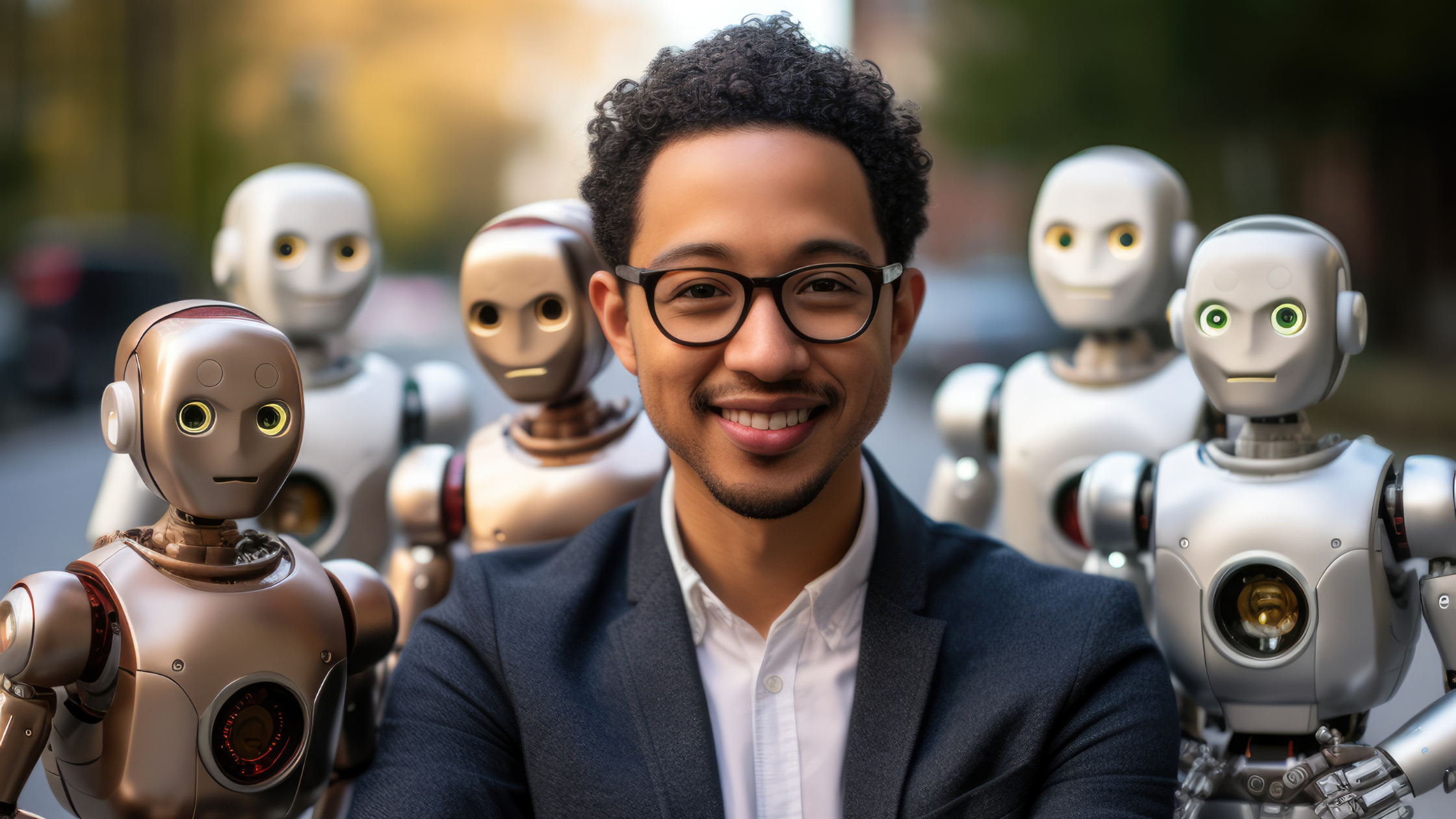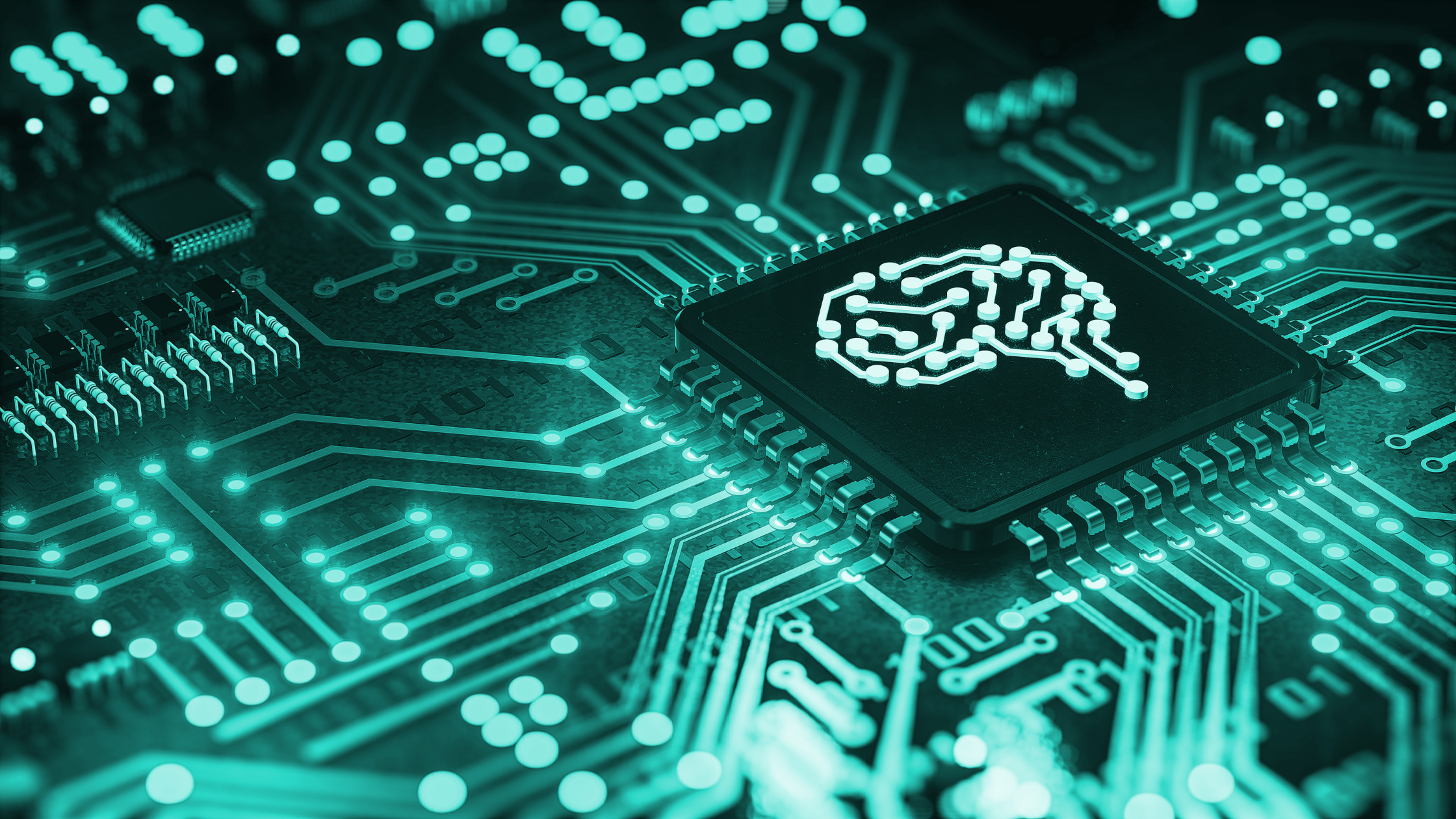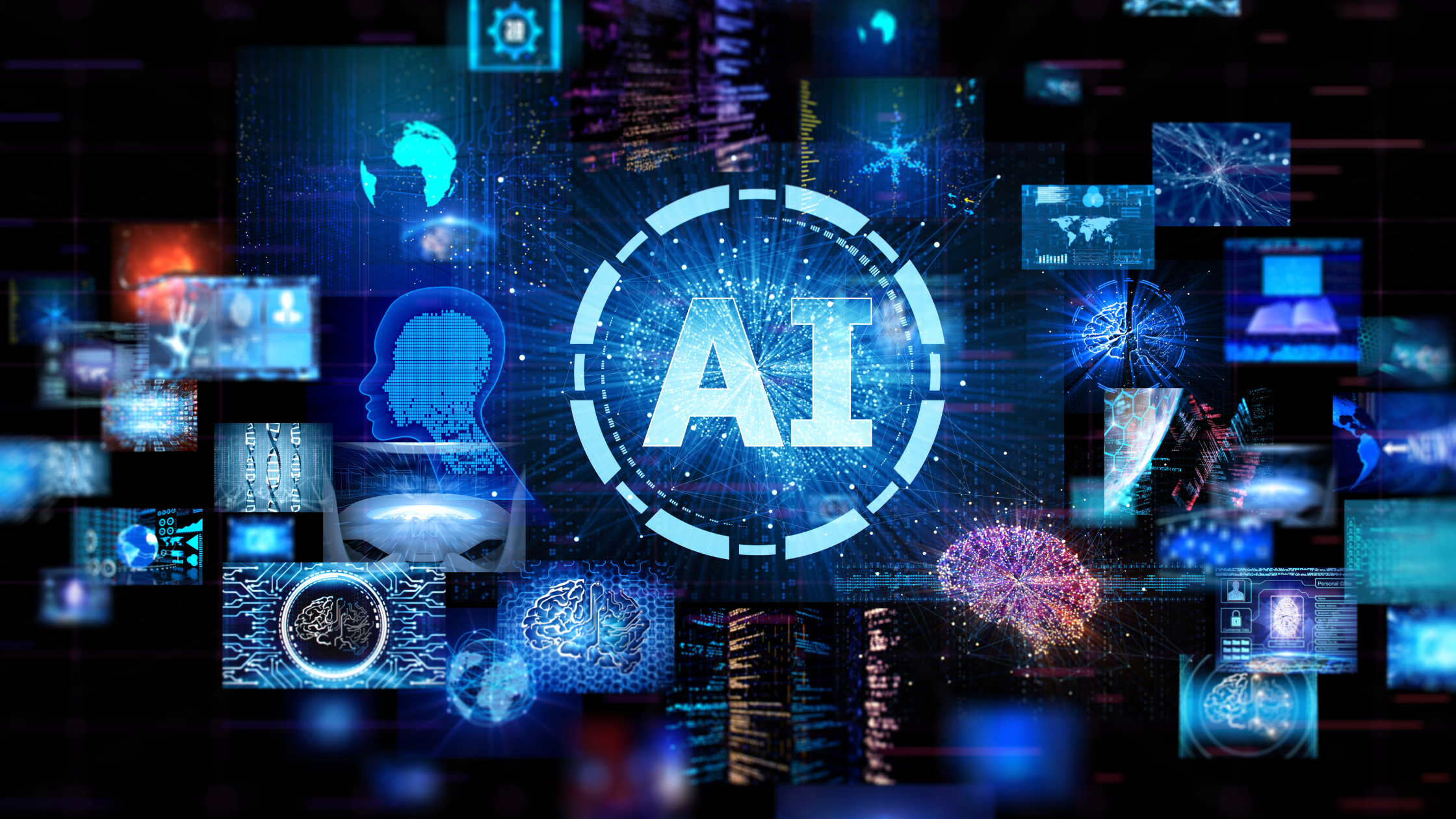Multi-Agent AI Systems

Introduction
Multi-agent AI systems (MAS) are developed to address complex problems that allow a number of autonomous agents to collaborate toward a solution. Research has shown that the agent-based approach helps to derive solutions for complicated, distributed problems that cut across disciplines. In particular, multi-agent systems in artificial intelligence have advantages in critical areas like traffic management and logistics, where team-like collaboration is important for prompt decision-making and use of time-sensitive data.
For example, MAS-driven traffic systems have increased urban traffic flow by 25%, cutting delays and pollution.
These practical advantages demonstrate the expanding relevance of MAS in real-world applications, beyond market estimates. This blog is everything you need to know about Multi-Agent AI Systems, their practical applications in sectors such as healthcare and logistics, and essential insights into their deployment across industries.
Defining multi-agent AI systems?
A multi-agent AI system consists of a number of intelligent agents capable of working together on tasks. Every agent has a particular area of focus, which could be data scanning, action planning, alarm activation, etc., and engages other agents to maintain synchronization with the others. The advantage of this type of approach is that it enables efficient management of more complicated processes with fewer errors.

You may use these agents to automate audits, reporting, and fraud detection. Through coordination and continual learning, the system is easily scalable and adaptable to new business demands. Businesses working with an experienced AI development company in US can leverage these systems to streamline operations across industries.
How do multi-agent AI systems work?
A multi-system AI agent assigns distinct duties to several smart agents. Each agent oversees a specific function, such as monitoring, planning, or decision-making. These agents share the same environment and interact with one another to achieve their overall business objectives. This arrangement enables you to automate processes while maintaining control and visibility.
Take a deeper look at how a multi-system AI agent works in your corporate context.
-Assigning specific roles to each agent
Each agent is responsible for a clearly defined task. For example, one agent may monitor incoming bills while another compares them to purchase orders. This approach reduces mistakes and ensures that each stage is completed by the appropriate expert.
-Agents communicate with one another regularly
Agents use predefined communication rules to exchange updates, request assistance, and deliver alarms. If one agent notices irregular expenditure, it notifies another agent in charge of compliance. You receive quicker answers and stronger checks.
-Multi-agent AI systems keep learning and adapting over time

Multi-agent AI systems use feedback to enhance performance. Assume an agent detects frequent late payments. It detects the trend and tells the credit risk agent the following time. This enhances how your team approaches similar issues in the future.
-Agents interact with business environment constantly
Each agent monitors changes in real-time. In a warehouse, one agent monitors stockouts while another modifies delivery timetables. You keep up to date without having to manually track everything.
-Coordination between multiple moving parts
The system employs logic to prevent task conflicts and overlaps. If two agents want to utilize the same report, they will coordinate access. This eliminates delays and maintains order throughout the activities.
Use cases of multi-agent AI systems in real-world applications
You already employ systems that include several phases and departments. A multi-system AI agent enhances these processes by delegating duties to specialized agents who collaborate. This configuration allows you to respond more quickly, decrease mistakes, and scale efficiently.
Here are some practical applications of multi-system AI agents.
1.Healthcare
In healthcare companies, MAS can assist with preventative measures through genetic testing, which can forecast an individual’s likelihood of contracting a certain disease. They may also search through a large amount of medical information to forecast illness or patient incidence.
2.Smart grids
MAS is also used in smart grid management to improve energy distribution and consumption. Agents can monitor energy consumption and other use patterns and notify utilities so that loads are distributed across the grid, improving the system’s awareness.
3.Robotics
MAS is critical in multi-robot systems, in which robots collaborate to complete complicated tasks such as search and rescue missions or warehouse automation. The agents work together in the same area and can coordinate their actions in real time, even when there are unexpected environmental changes.
As a result, tasks that would have taken a lengthy time with a single robot may be completed much more quickly.
Benefits of multi-agent systems in AI

-Parallel task execution
When several agents collaborate, there is no need to wait for one task to be completed before beginning the next. The capacity to perform operations concurrently increases speed and output.
-Scalability and modularity
A multi-system AI agent adapts to your company’s demands. You can add or delete agents without affecting the overall system. This flexible architecture allows you to adjust rapidly as business requirements change.
-Real-time decision-making
With live data streaming via many agents, choices are made instantaneously. This lowers delays and improves the way you manage time-sensitive tasks.
Future of AI: Multi-agent systems
Multi-agent AI systems will enable better, quicker, and more adaptable corporate solutions. You should expect increased automation, deeper collaboration, and real-time decision-making across functions.
With improved security and LLM integration, these technologies will be indispensable tools for expanding operations and managing complexity in current business contexts. Companies that partner with providers of AI Development Services in US will be at the forefront of adopting these innovations.
So, the question is: Are multi-agent systems just a trend, or the natural evolution of Artificial Intelligence Systems? The answer points toward a future where MAS plays a central role in enterprise automation and intelligence.
Final Thoughts
AI based on multiple agents is no longer experimental—it is becoming a critical component of intelligent enterprise systems. These technologies have proven their worth in healthcare, logistics, and various other areas by solving complex issues at scale.
If you’re up for exploring the possibilities of multi-agent AI for your own business, it’s time to partner with the right team. AlignMinds is a trusted AI Development company in the US specializing in next-gen solutions, from Artificial Intelligence Systems to scalable enterprise platforms.
Comments
Post a Comment